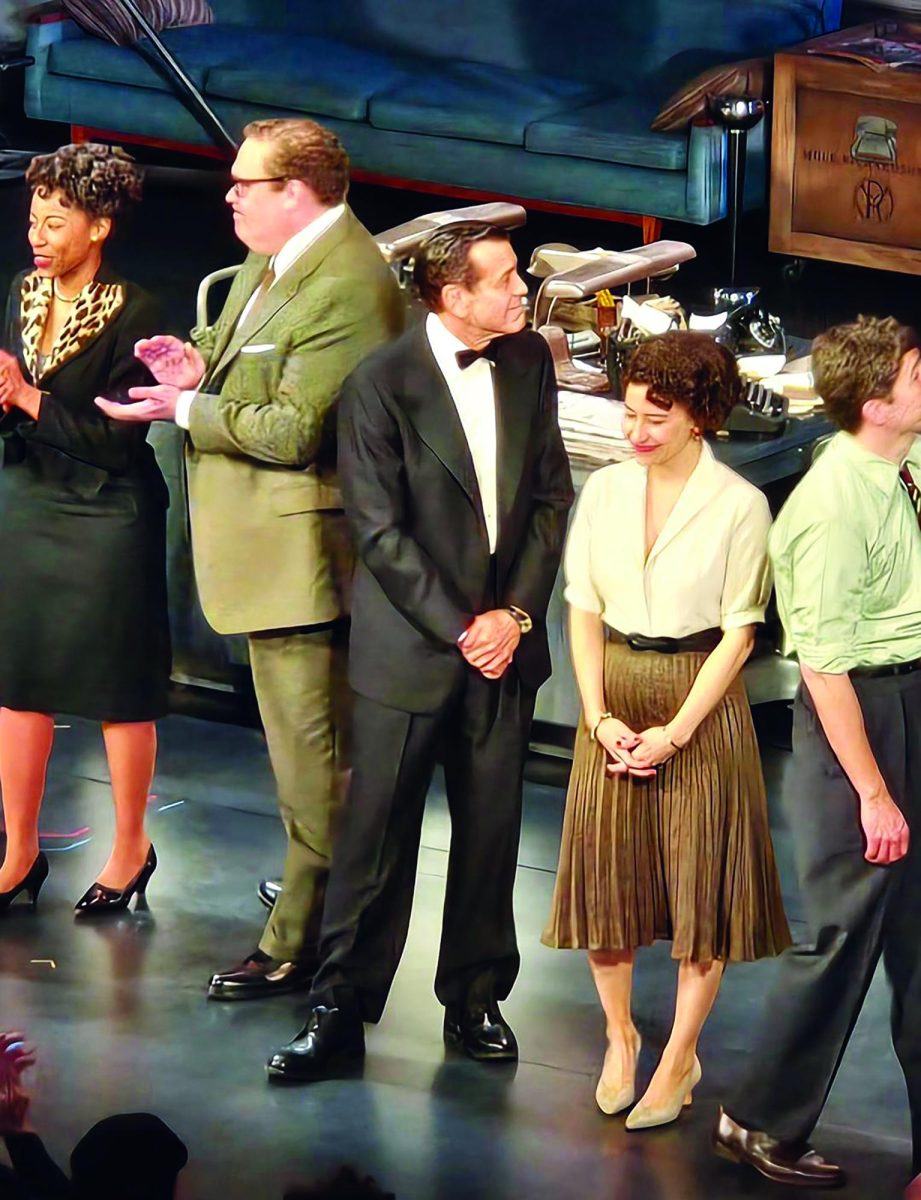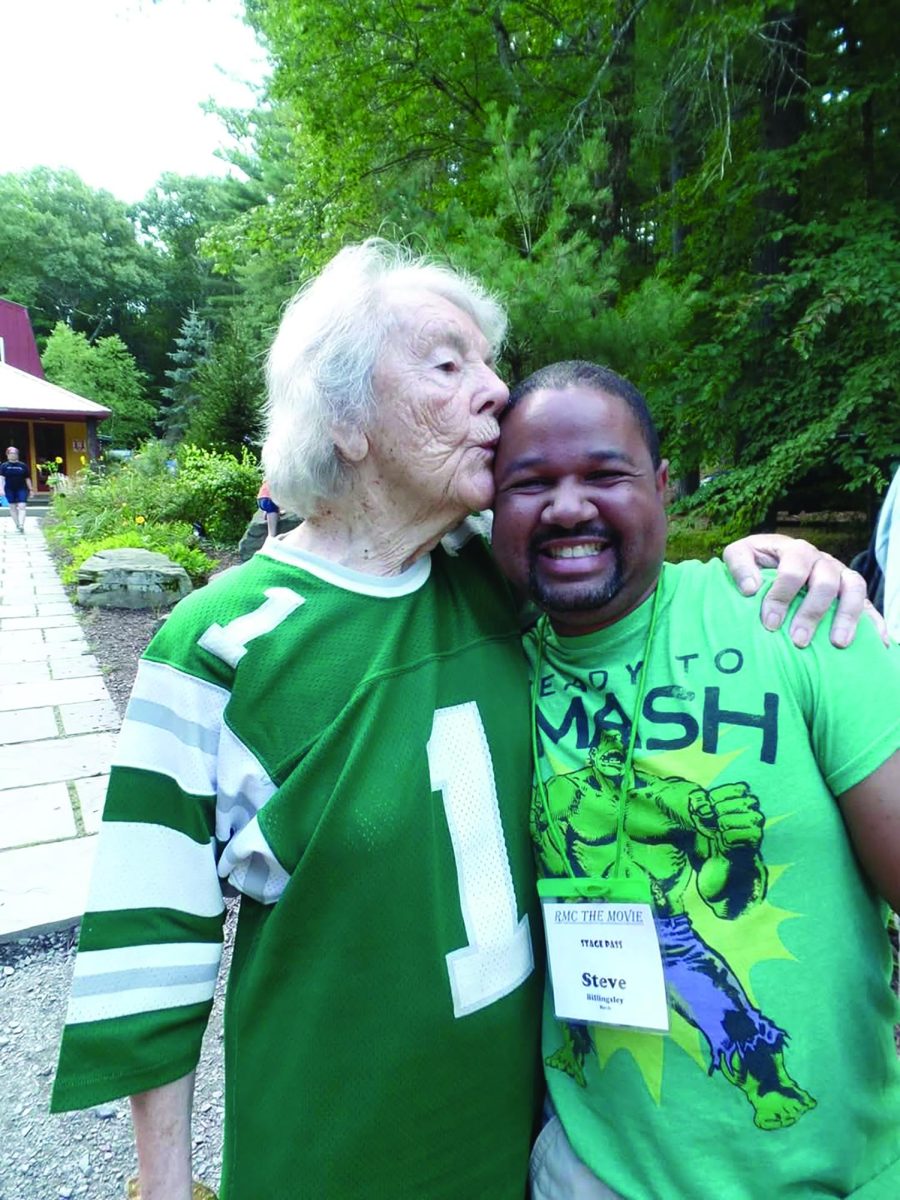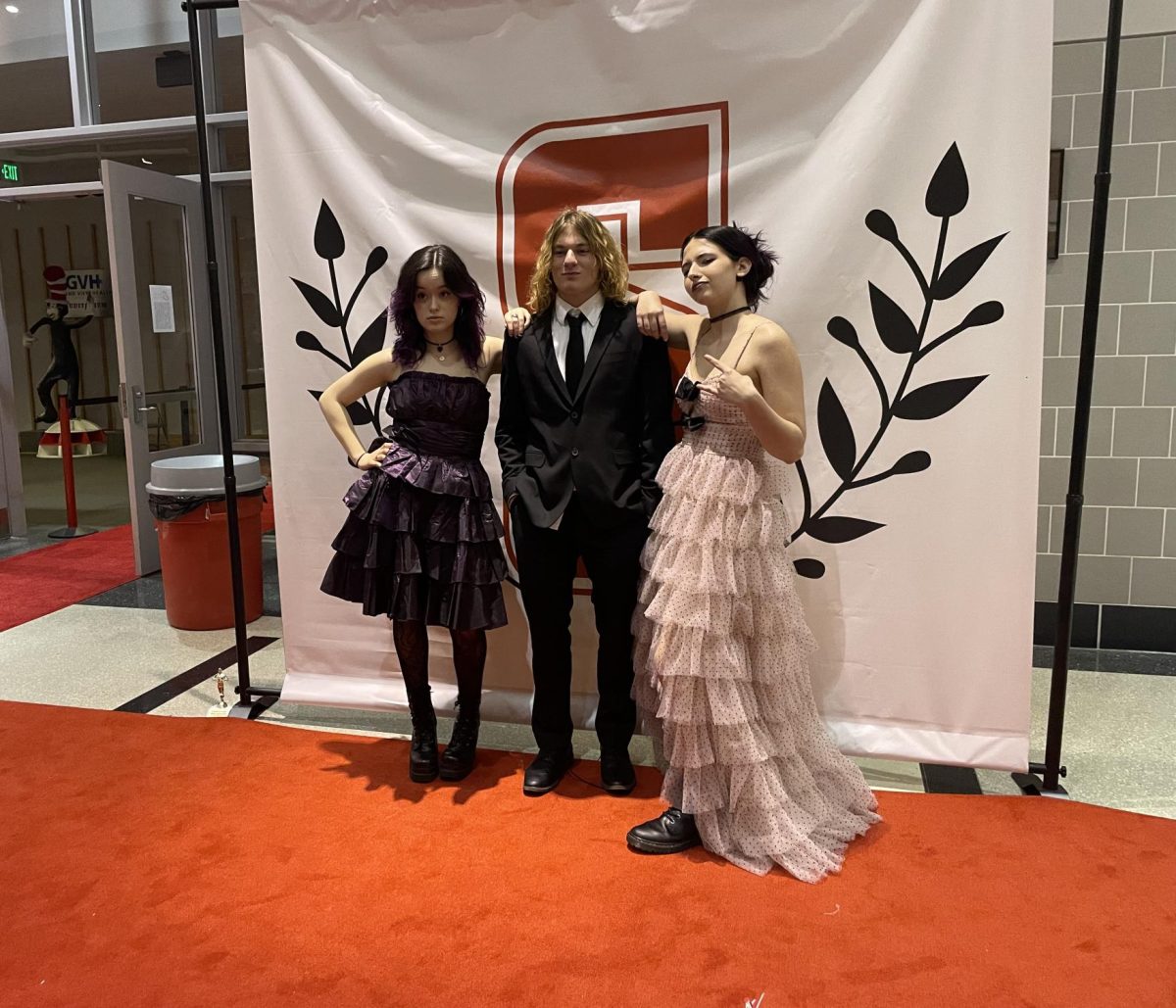Portraying the conflict between journalist Edward R. Murrow and former senator Joseph McCarthy, the Broadway play “Good Night and Good Luck” officially premiered on April 3 at Broadway’s Winter Garden Theatre.
The play marks actor George Clooney’s Broadway debut as he takes on the role of Murrow. Clooney also co-wrote the play with fellow actor and filmmaker Grant Heslov.
The 2005 film “Good Night and Good Luck,” starred actor David Strathairn as Murrow and George Clooney in the role of Murrow’s producer Fred Friendly.
Clooney and Heslov’s decision to turn the 20-year-old film into a stage production is because of the pressure that they believe journalists are currently facing from the government.
In a “60 Minutes” interview on March 30, Clooney said that the role of the Fourth Estate is to “succeed when the other three estates fail.”
The Fourth Estate refers to the idea that it is the media’s responsibility to serve as government watchdogs in order to maintain a functioning democracy.
For Clooney, “journalism and telling the truth to power have to be waged like war is waged.”
“Good Night and Good Luck” explores a period in American history during the early 1950s referred to as McCarthyism or the “Red Scare.”
During this period, a portion of the American population began to fear that there were communist spies who were working for the Soviet Union hidden across the country, including for the United States government.
These fears were exacerbated by certain members of the government, most notably Wisconsin Senator Joseph McCarthy, which is why the period is known as McCarthyism.
The play shows the incredible power of journalism highlighting the success that Murrow had in helping to stop McCarthy, which greatly contributedto the end of the “Red Scare” in the U.S.
On March 9, 1954, Murrow and his fellow CBS colleagues ran a story on Murrow’s popular news show “See it Now,” highlighting McCarthy’s scare tactics.
The journalists used McCarthy’s own words through actual footage.
The play cleverly integrates real film footage showcasing the outrageous accusations that McCarthy made and how they affected real people.
The play also does this to show that all that Murrow and Friendly needed to do was highlight the lies that McCarthy was telling.
However, what makes the play unique from the movie is its commentary on mainstream media today.
Both the play and movie begin and end with Murrow delivering his now famous “Wires and Lights in a Box” address at the Radio and Television News Directors Association’s 1958 convention.
During this speech, Murrow gives powerful insight into the future of broadcast journalism, saying that if television is only used to “entertain, amuse and insulate then…it is merely wires and lights in a box.”
Clooney delivers this beautifully written speech in Murrow’s well-known cadence, but where the play and film differ is in what happens after the speech.
In the play, Tony Award-nominated director David Cromer uses the moments following Clooney’s delivery to comment on today’s media.
Cromer does this via a large screen behind Clooney, which shows news stories and various entertainment clips from the 1950s to present day. The clips start off slow and highlight milestone events like the moon landing, Martin Luther King Jr.’s “I Have a Dream” speech and President Ronald Reagan’s “Tear Down This Wall” speech.
However, once the clips draw closer to the present they become louder, more rapid and more chaotic while also showing fewer news events and more entertainment stories.
The final clip is from a January 20 rally celebrating President Donald Trump’s inauguration where businessman and political figure Elon Musk performed a gesture that some people perceived was a Nazi or fascist salute.
These clips showcase the media’s power, which Murrow predicted in his RTNDA speech. Murrow believed that television should be used to “illuminate and inspire” rather than to just entertain.
As the clips lead up to the end, they show the evolution of media and how it has affected society as a whole.
Overall, the play perfectly captures the genius journalism accomplished by Murrow and his colleagues at CBS in order to take down McCarthy, as well as asks the question, “Where did the integrity and honesty in journalism go?”
‘Our future will be what we make of it.’
The adaption of the Oscar-nominated film journalism film “Good Night and Good Luck” opens on Broadway and explores why journalists must “keep fighting the good fight.”
‘The fault, dear Brutus, is not in our stars, but in ourselves’…During the curtain call at the April 2 matinee performance of “Good Night, and Good Luck,” (from left) actors Imani Rousselle, Glenn Fleshler, George Clooney, Ilana Glazer and Fran Kranz enjoy a standing ovation.
0
More to Discover
About the Contributor

Finley Kearns, Website Editor







